The Basilica of St. Paul Outside the Walls in Rome! What a shock. And to think that I didn't even know that it was missing.
I had always thought that St. Peter is under the High Altar in St. Peter's, St. Paul is under the High Altar in St. Paul's and the Blessed Virgin Mary under the High Altar in St. Mary Major.
Just kidding about the Mary one... =) In case any of you Grand Inquisitors out there were wondering, I do believe in, affirm and teach the Assumption.
But seriously, I had always known that St. Peter's remains were discovered in the 50's when they wanted to construct a carpark under the Basilica and the excavation team found an underground necropolis (which isn't really surprising, considering the Vatican Hill was a cemetery). Pope Paul VI finally publicly announced the find in the 1960's.
However, I had not actually given any serious thought to where St. Paul was buried. I had always assumed that, after his decapitation on the Ostian Way, his 'trophies' like that of St. Peter, were venerated by the early Christians until Constantine finally had Basilicas built over them. I also knew about the fire of 1823 and the 'new' Basilica being reconstructed on the spot but I had never considered why there was no confessio beneath the High Altar.
 A general view shows the sarcophagus of the 1st century apostle St. Paul in Rome's Basilica of St Paul's Outside the Walls December 11, 2006. REUTERS/Max Rossi
A general view shows the sarcophagus of the 1st century apostle St. Paul in Rome's Basilica of St Paul's Outside the Walls December 11, 2006. REUTERS/Max RossiAnd whats this about re-buildings? St. Peter was lost after the 'new' Basilica went up. Apparently St. Paul was lost too cos they were pretty sure he was under there but just couldn't prove it. And now, they've found him.
I'm posting cos I couldn't find any decent photos of the discovery. So I decided to post my own.
 The Tomb of St. Paul can now be seen via a glass pane in the floor in front of the High Altar
The Tomb of St. Paul can now be seen via a glass pane in the floor in front of the High Altar The sarcophagus believed to contain the remains of the Apostle Paul is seen under the main altar of the Basilica of St. Paul outside-the-Walls, in Rome, Monday, Dec. 11, 2006. Vatican archaeologists have unearthed the sarcophagus that had been buried beneath Rome's second largest basilica. The sarcophagus, which dates back to at least A.D. 390, has been the subject of an extended excavation that began in 2002 and was completed last month. (AP Photo/Alessandra Tarantino)
The sarcophagus believed to contain the remains of the Apostle Paul is seen under the main altar of the Basilica of St. Paul outside-the-Walls, in Rome, Monday, Dec. 11, 2006. Vatican archaeologists have unearthed the sarcophagus that had been buried beneath Rome's second largest basilica. The sarcophagus, which dates back to at least A.D. 390, has been the subject of an extended excavation that began in 2002 and was completed last month. (AP Photo/Alessandra Tarantino)Ok, here's the news from AP.
VATICAN CITY (AP) -- Vatican archaeologists have identified a sarcophagus under Rome's second-largest basilica as the tomb believed to contain the remains of the Apostle Paul. But they still do not know what is inside, experts said Monday.
Public and scholarly curiosity about the contents of the white marble coffin and the possibilities of scientific testing are inevitable.
Cardinal Andrea Cordero Lanza di Montezemolo, Archpriest of the Basilica of St. Paul outside-the-Walls, holds up pictures of a sarcophagus unearthed beneath the basilica, during a press conference at the Vatican, Monday, Dec. 11, 2006. Vatican archaeologists have unearthed the sarcophagus believed to contain the remains of the Apostle Paul that had been buried beneath Rome's second largest basilica. The sarcophagus, which dates back to at least A.D. 390, has been the subject of an extended excavation that began in 2002 and was completed last month. (AP Photo/Pier Paolo Cito)
The Vatican does hope to be able to examine it more closely and maybe even to open it. But Vatican archaeologist Giorgio Filippi said the researchers' first concern now is to free it from centuries of plastering and debris, in the hope of finding other clues on the sarcophagus itself. Then they will look for ways of getting inside.
"Right now we can treat it as a symbol, regardless of its contents," Filippi said.
According to tradition, St. Paul, also known as the apostle of the Gentiles, was beheaded in Rome in the 1st century.
Cardinal Andrea Cordero Lanza di Montezemolo, Archpriest of the Basilica of St. Paul outside-the-Walls, shows the sarcophagus unearthed beneath the basilica, during a press conference in the basilica, Monday, Dec. 11, 2006. Vatican archaeologists have unearthed a sarcophagus believed to contain the remains of the Apostle Paul that had been buried beneath Rome's second largest basilica. The sarcophagus, which dates back to at least A.D. 390, has been the subject of an extended excavation that began in 2002 and was completed last month. (AP Photo/Alessandra Tarantino)The sarcophagus, which dates from A.D. 390 and is buried under the main altar of St. Paul's Outside the Walls Basilica, has been the subject of an extended excavation that began in 2002 and ended last month.
"These excavations give us the full certainty and knowledge that the sarcophagus is St. Paul's tomb, whether it contains his remains or not," Cardinal Andrea Cordero Lanza di Montezemolo, head of the basilica, told a Vatican news conference presenting the findings.
The project's original purpose was to make the sarcophagus, buried under layers of plaster and further hidden by an iron grate, more visible to pilgrims and tourists visiting the basilica.
Work in the small area under the altar, to clear the debris and insert a transparent glass floor for better viewing, unearthed new evidence of the authenticity of the sarcophagus, said Filippi, who headed the project.
"Our purpose was not to find out what was inside, but to confirm that it was the original sarcophagus," Filippi said.
He said the decision to make the sarcophagus visible again was made after many pilgrims who came to Rome during the Catholic Church's 2000 Jubilee year expressed disappointment at finding that the saint's tomb could not be visited or touched.
The current basilica stands at the site of two churches built in the 4th century over the spot where tradition said the saint had been buried. One of them, built by the Roman emperor Theodosius, left the tomb visible, first above ground and later in a crypt.
When a fire destroyed the church in 1823, the current basilica was built and the ancient crypt was filled with earth and covered by a new altar.
During the recent excavations the apse of one of the ancient churches came to light, in the same area where the sarcophagus is located, proving that the tomb was the focal point of devotion in those early churches, the experts said. A slab of marble with the "St. Paul apostle" in Latin was also found in the floor of a layer above the tomb.
"We were always certain that the tomb had to be there, beneath the papal altar," Filippi said.
![[Unam Sanctam]](https://blogger.googleusercontent.com/img/b/R29vZ2xl/AVvXsEiymQ2adTjpZ1ABhPBbBBquiPCxeQrc4Jy_97vOikT0wGQeJleriiXQy6ebnb0jrYe-TfvcK77txStB4aIwVAdD41ZdMkVfNtFGC0JX6LBV9B8mfeRZaIAM7Sj-011ag3DiKQzv/s1600/headerdivinemercy.jpg)

















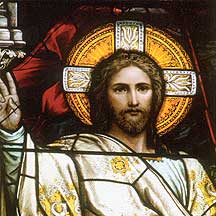
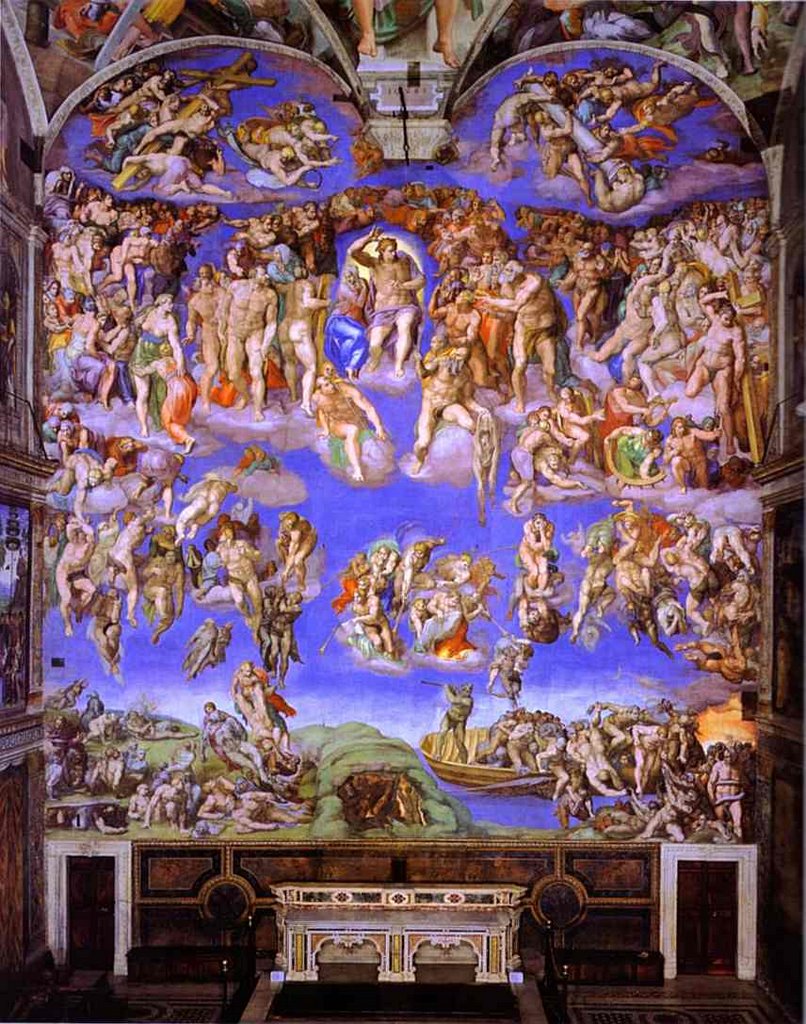


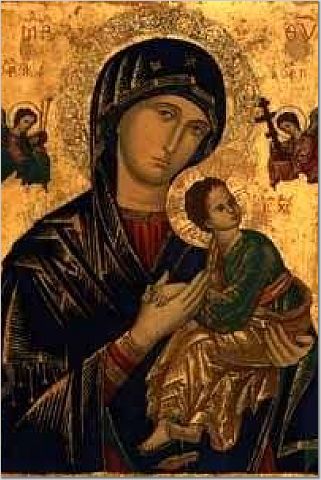



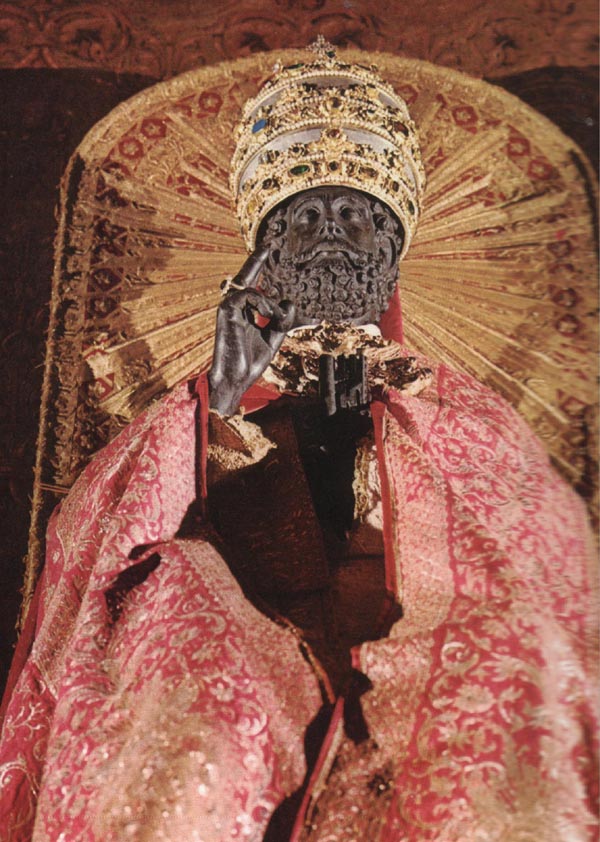
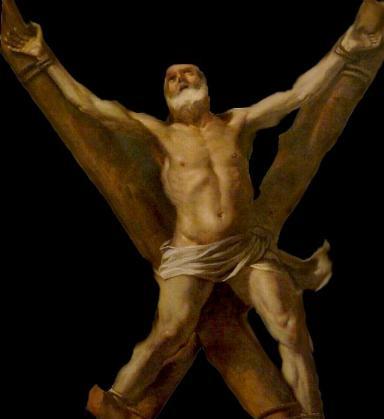

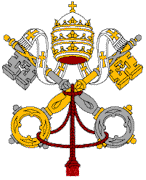


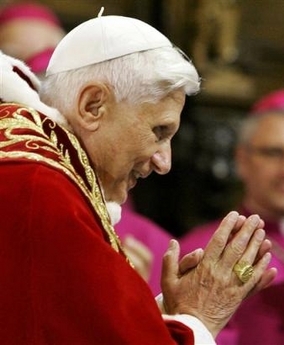






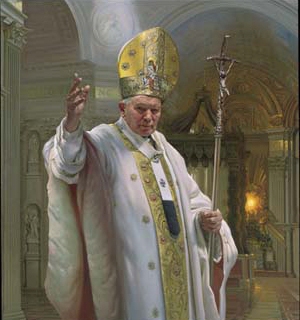
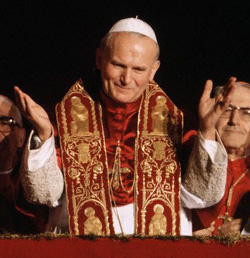
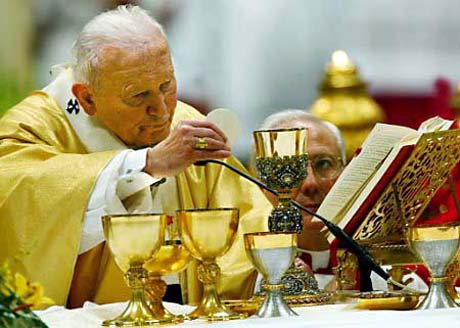







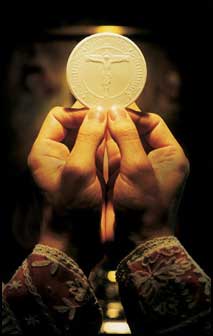
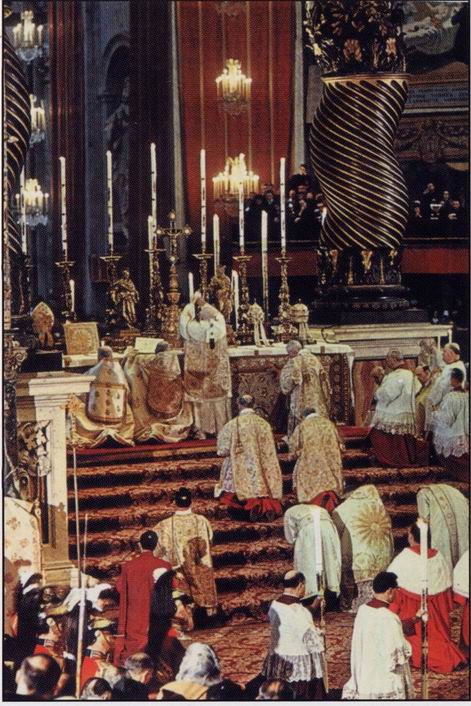

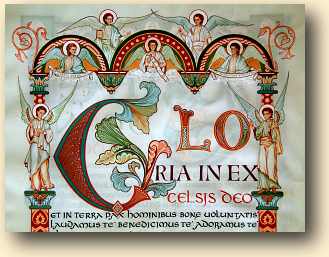

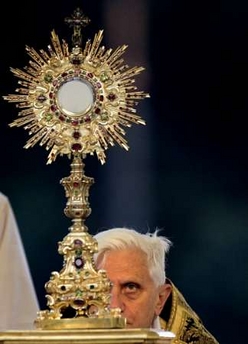


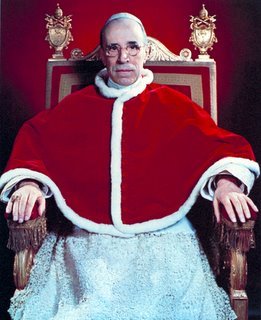




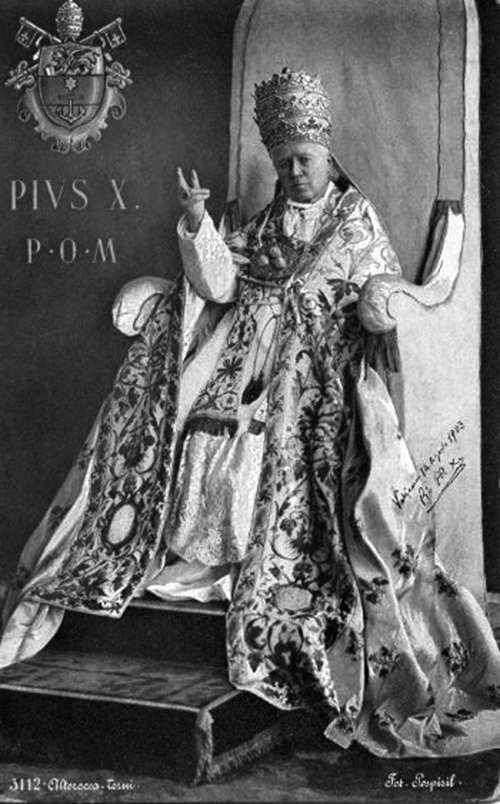



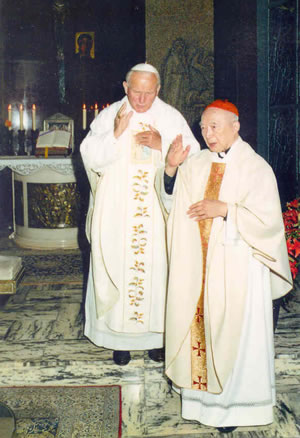





No comments:
Post a Comment